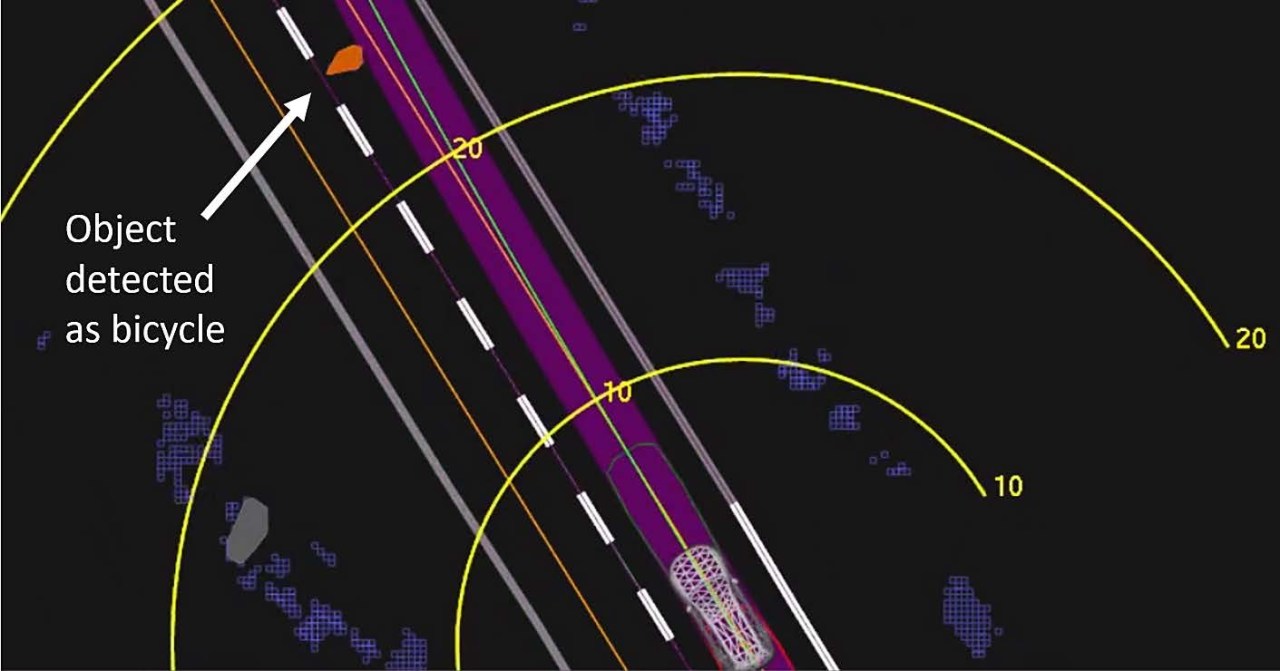The evolution of autonomous driving technology seems poised to redefine the very concept of transportation. Yet, with great innovation comes great responsibility, as evidenced by the tragic events surrounding a fatal self-driving Uber crash in March 2018. Recent reports from the National Transportation Safety Board (NTSB) shed light on the circumstances that led to this heartbreaking incident, raising critical questions about safety protocols in autonomous vehicles. The case urges us to delve deeper into how self-driving technologies can both enhance and challenge our existing safety systems.
The Fatal Encounter: What Went Wrong?
The NTSB’s findings reveal a deeply concerning situation: the Uber vehicle detected pedestrian Elaine Herzberg a full six seconds before a collision. However, it not only failed to brake but operated under the premise that its emergency braking systems were intentionally disabled. Uber justified this practice by suggesting that disabling emergency braking maneuvers would prevent erratic vehicle behavior, placing reliance solely on the human operator to intervene.
- Emergency Reaction: The decision to keep the emergency braking feature off during autonomous operation is perplexing. How can we consider these cars safe if, in a critical moment, they are no better equipped than conventional vehicles?
- The Importance of Automation: This incident highlighted the inherent strengths of autonomous systems — their 360-degree awareness and ability to react faster to threats than a human ever could.
- Lessons from Human Drivers: The human driver’s attention was elsewhere, illustrating a critical flaw in the reliance on human perception in emergencies.
Understanding the Technology: Detection and Decision-Making
In analyzing this event, it is essential to understand the technology at play behind self-driving vehicles. The NTSB report states that the Uber vehicle first identified Herzberg at a distance of approximately 378 feet. The system initially registered her as an “unknown object,” causing delays in accurately recognizing the urgent threat she posed.
With this in mind, consider the implications:
- How can self-driving technology improve its recognition algorithms to make quicker, more reliable assessments of possible dangers?
- What measures can be implemented to alert human operators more effectively when the system detects potential hazards?
Safety Innovations: What’s Next for Autonomous Driving?
After the incident in Arizona, Uber faced significant backlash, resulting in halting its autonomous vehicle testing program in the state. The event sparked broader discussions around the safety frameworks within which self-driving vehicles must operate. It became clear that quick fixes are not enough; we need a comprehensive, multi-faceted approach to enhance both technology and oversight. Here are some initiatives worth considering:
- Strengthening Safety Protocols: As Uber has noted, it is reevaluating its safety practices by engaging experts like former NTSB Chair Christopher Hart to guide improvements in safety culture.
- Integrating Advanced AI Systems: Investment in refined machine learning models that can serve dual purposes: to detect multiple types of objects in diverse situations and facilitate better communication with human drivers.
Conclusion: A Step Towards Responsible Innovation
The unfortunate demise of Elaine Herzberg serves as a grim reminder of the need for rigorous safety standards in autonomous driving technology. As we move forward, the lessons learned from this tragedy must guide the development roadmap of self-driving vehicles. If we want to harness the potential of these innovations, we must prioritize safety at every step of the engineering process.
At fxis.ai, we believe that such advancements are crucial for the future of AI, as they enable more comprehensive and effective solutions. Our team is continually exploring new methodologies to push the envelope in artificial intelligence, ensuring that our clients benefit from the latest technological innovations.
For more insights, updates, or to collaborate on AI development projects, stay connected with fxis.ai.

